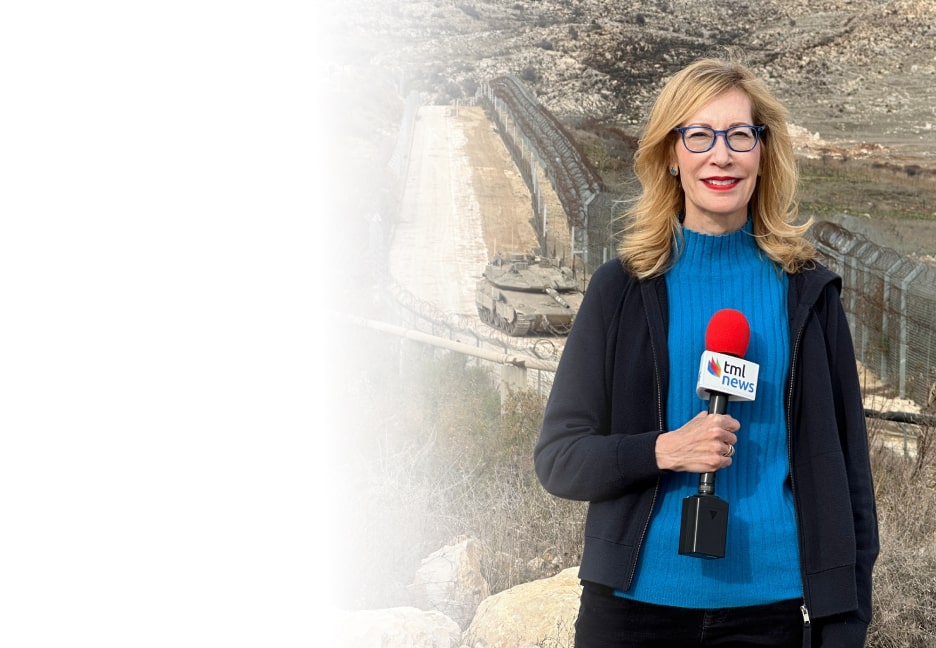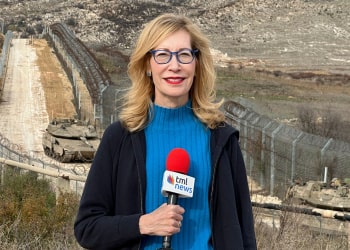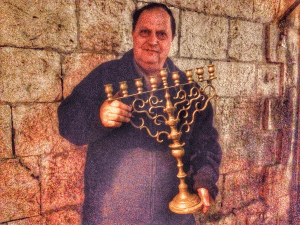A Hidden Jerusalem Collection of Menoras Reveals an Entire World
It is easy to imagine Josef Shabtai, 58, as a little boy entranced by light and by stories of miracles of heroism.
Shabtai, an archeologist and the owner of a general store in the Bukharan enclave tucked into Jerusaem’s ultra-orthodox neighborhood Meah Shearim, has always loved Samson-and-Goliath tale of the victory of the Maccabean Revolt against the almighty Seleucid Empire of the Greeks.
Born in Iran to Jewish parents, the curmudgeonly autodidact, himself an accomplished craftsman and artist, may be the owner of the largest collection of Hanukkah menoras in the world, with somewhere upwards of 5000 in his possession.
He keeps them in a semi-lit hardware store-cum-tangled warren on a non-descript street that on the average winter evening is anything but bustling.
It is a little boy’s dream: everywhere you look, floor to ceiling, there hang menoras large and small, intricate, embossed, hand-worked, inlaid, enameled, sleekly modern, many of them made of shiny brass or bronze.
This holiday season, give to:
Truth and understanding
The Media Line's intrepid correspondents are in Israel, Gaza, Lebanon, Syria and Pakistan providing first-person reporting.
They all said they cover it.
We see it.
We report with just one agenda: the truth.


When you think you’ve come to the end, to a wall, Shabtai will beckon and lead you to another small, unheated chamber, wherein you will again wonder at the variety and sheer number of menoras, the nine-armed candelabrum Jews use to mark the central miracle of the holiday, in which the Israelites’ store of only one day of olive oil lasted for eight nights, thus enabling the menaced Maccabees to prevail. (The ninth arm holds the shamash, the candle used to light all the others.)
“All this is for the People of Israel and for the State of Israel,” Shabtai says, again and again, at every opportunity returning to his childhood fascination with the candlesticks that symbolized and for him still represent the Jews’ ability to overcome any adversity and survive.
In fact, it is for these very reasons that Shabtai shuns only one material: silver, which, in Hebrew as in Spanish, is described by the same word as that used for “silver.”
“I don’t want the idea of ‘kessef’ to come anywhere near this,” he says, using the Hebrew word with its double-meaning, in a private tour provided to The Media Line. His hands brushes two molded silver menoras that might become heirlooms to an awaiting family but that in this context appear flimsy and slightly garish.
Next to them is a massive bronze menorah that Shabtai keeps looked to his table with a massive metal-link chain. This is the menorah he will light tonight.
It is German-made, and the only object that survived the Holocaust along with its owner, a man whose entire family was wiped out in the death camps. Lighting its lights, Shabtai says, finding words with difficulty, “lighting this hanukkia [the Hebrew term for the ceremonial candelabrum] is the entire thing, for me.”
In the home he shares with his wife and two grown daughters, the side-table is turned into a forest of flickering lights.
Shabtai possesses menoras that come from 75 countries; he himself has scoured close to 40 nations in search of elusive specimens. When he can’t find a specific version he wants, he takes its picture and will then recreate it, usually out of bronze, in his own workshop. Over the years, he has become an international authority, lending his expertise to anyone from a struggling menorah-owner contemplating selling his prized possession for money that could be used for a daughter’s wedding to collectors seeking professional estimates.
Without going into details, Shabtai hints at a more accessible, organized future home for his collection, “a museum that will be free, all for the people of Israel.”
For now, it inhabits a catacomb, in turn dark and sparking, which is both an Emporium Judaica and a hoarder’s paradise. In one corner, model old cars—another Shabtai passion—are nestled in neat cubbyholes. Imposing lions’ heads stare sphinx-like from almost every wall; adjacent to his worktable, a bronze lion’s head the size of a small table glares evenly at all who enter.
Lions, in fact, rear up in many of his menoras, the symbol, he says “of the roar and the muscle of the Jews.”
